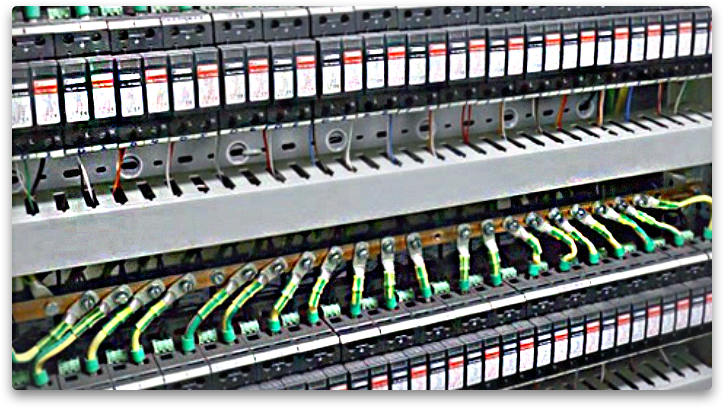-
Surge overvoltage protection devices (SPDs) are able to withstand a part of lightning impulse 10/350 µs (microseconds) that corresponds to devices tested for I class.
-
SPDs are a part of an integrated signaling system at the stations.
-
Split design of the SPDs (modules and a basic unit) allows removing protection modules for their testing and replacement without switching off the CBI.
-
Portable testing devices of SPDs, supplied to the stations, provide an express on-site check of the equipment.
-
Periodic checks allow detecting failures and pre-failure conditions of surge overvoltage protection equipment in order to perform timely replacements.
